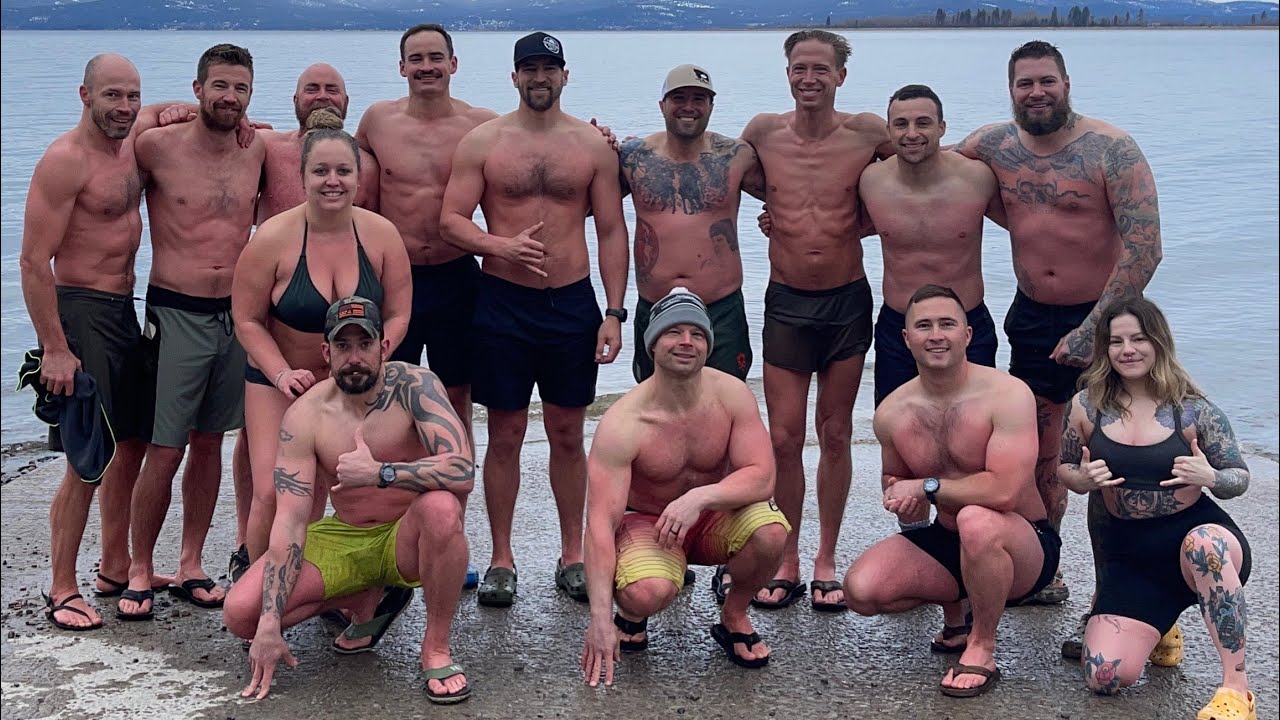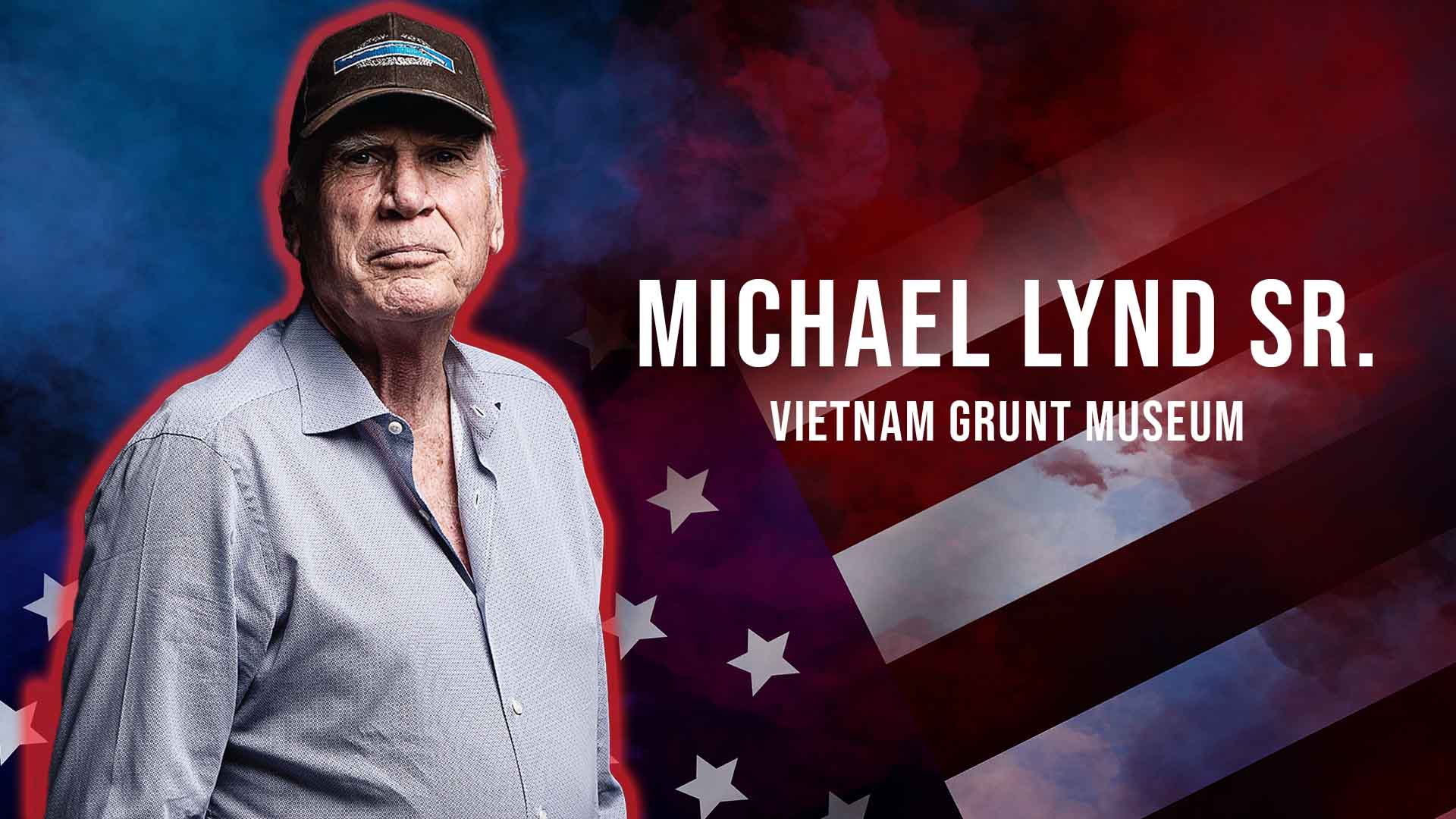The Castro Regime made some pretty broad accusations against the U.S.A. in the 1960s. Ranging from LSD dosing to poisoning tap water. These claims were made even before the JFK assassination. Were these just be the ramblings of a paranoid dictator? A communist leader using propaganda to convince his citizenry of evil America? Perhaps, but based on this newly exposed dossier, perhaps not.Aside from the Bay of Pigs disaster in 1961, and random dissidents attempting to overthrow Castro, we had no solid evidence of CIA assassination plots. Yet, thanks to the recent release of JFK files there is now confirmed evidence showing acts made on the communist leader’s life. Not just based on hearsay. According to David Belin (author of the Rockefeller Commision Report): “with particular reference to the plans [assassination attempts] directed against Fidel Castro, the investigation is sufficiently complete to show that plans were undertaken by the CIA.” (Pg. 2)
The Agency's Comedy of Errors
[caption id="attachment_14363" align="aligncenter" width="512"]

CIA's Comedy of Errors under JFK (Credit: Wikipedia)[/caption]Reading the investigation dossier regarding assassination plans in the 60s is almost comical at times. One attempt by the CIA involved Sam Giancana (a Chicago mobster) convincing a Cuban restaurant employee to drop botulism pills in Castro’s drinks at one of his favorite local restaurants (around March-April 1961) (Pg. 26). Colonel Sheffield Edwards (Director of the Office of Security of the CIA) tested the botulism pills himself on some guinea pigs because he “wanted to be sure they worked.” (pg. 24)Two attempts were made with the pills. The first time, the Cuban asset declined to go further than possession. The second time, the restaurant employee took possession of the pills, but Castro apparently stopped going to the restaurant (pg. 26). Thus the pills were returned to the CIA. I couldn’t stop laughing at that: they returned the pills. Geez. Thanks, guys.
The Wet Suit Plan
[caption id="attachment_14364" align="aligncenter" width="1024"]

Wetsuits. Just one of many hair-brained ideas by the CIA.[/caption]“It was known that Fidel Castro liked to skindive. The CIA plan was to dust the inside of the suit [which they would give during negotiations for Bay of Pigs prisoners] with a fungus producing madera foot, a disabling an chronic skin disease, and also contaminating the suit with tuberculosis bacilli in the breathing apparatus.” (Pg. 59) Fidel did get a skin diving suit from General Donovan (the negotiator for the release of prisoners) but it was an “uncontaminated skindiving suit as a gesture of friendship.” (Pg. 59) Basically, the General acted in good faith with Fidel and didn't agree to the CIA's plans.
The Spectacular Seashell Plan
[caption id="attachment_14365" align="aligncenter" width="640"]

I guess you could consider them creative? An explosive seashell?[/caption]Another brilliant spook idea was to rig a “spectacular seashell which would be submerged in an area where Castro often skindived.” The seashell would be booby-trapped with explosives and beautiful enough to lure Castro in. Alas, after an “investigation it was determined that there was no shell in the Caribbean area large enough to hold a sufficient amount of explosive which was spectacular enough to attract the attention of Castro.” (Pg. 59). Who the hell came up with this nonsense, let alone funded people to think of it?
The Poison Pen Plan
[caption id="attachment_14366" align="aligncenter" width="1024"]

Perhaps they were trying to recruit a Cuban James Bond?[/caption]Finally, the CIA (in the Phase 4 Plan: 1963-1965) decided to get a Cuban asset to stick Castro with a poisoned syringe. He wanted a trick ballpoint pen that would jut out poison to kill the dictator in a meeting. The asset also asked for a cache of weapons, since a coup would start with the death of Castro. The CIA delivered two caches of high-powered scoped rifles along with $1,000 to the asset. The CIA backed out (after delivery) and the asset disappeared, only to later be arrested by the Castro regime with the rifles and claim to a local paper – Prensa Latina - that he was paid $100,000 by the U.S.A. to assassinate Castro (Pg. 64). This the CIA staunchly denies.
Final Thoughts
Bottom line, the CIA thought of several different ways and times to kill Castro. Castro was an awful leader, but his paranoia had basis. Some plans made it past the planning stages, although it seems that most did not – simply due to incompetence and an utter lack of common sense. The post-op debriefing (over a decade later in 1975) allowed for key actors to “forget” or “misrecall” their actions.I’m not sure Richard Bissell (CIA Deputy Director of Plans and responsible for the Bay of Pigs disaster) or Colonel Edwards ever really grasped the shit storm they created by implementing the Mob Syndicate or plotting the assassinations. Colonel Edwards stated countless times, he didn’t recall what members of the White House or CIA Director he’d cleared the attempts with. Colonel Edwards was “sure that there were not many people in the White House that knew about these plans” (pg. 31). Yet then said that Robert Kennedy (the Attorney General and JFK’s brother) definitely was aware at one point of the assassination plans in May of 1962 (pg. 22).Colonel Edwards testified: “When asked whether or not the Attorney General [Robert Kennedy] in any way said ‘that he disapproved of whatever was done [assassination attempts] in the past,’ Colonel Edwards said ‘No.’” (pg. 18). Basically, Bobby Kennedy was fine with, and in full knowledge of, the assassination attempts/plans that occurred.Everyone outside of Bissell and Edwards denied any knowledge, r claims to have forgotten specifics. Each of the CIA higher ups and Executive Branch members play a word game of merry go round. No one takes blame or knowledge, but places it “perhaps” on someone else. Based on contrasting statements and subtle hiccups in denial, the “Rockefeller Commission” report insinuates they all knew.Stay tuned for the next upcoming article on the assassination attempts of Dominican Generalissimo Trujillo, Congo Prime Minister Lumumba, and Indonesian President Sukarno.If you missed Part I, you can check it out here.



%201.svg)









